Date: 27 February 2014
The renowned architect Le Corbusier saw the history of architecture as the history of the window, for which we should be grateful to the Vikings.Like Microsoft several centuries later, it was the Vikings who gave us windows. The word “window” comes from the Old Norse “vindauga”, made up from vindr, meaning wind, and auga, meaning eye. The term window was first used in the 13th century, replacing the Old English eagbyrl, meaning “eye-hole” or eagduru, meaning “eye-door”.
Anyway, enough history. It’s estimated that the global flat glass market is some $250 billion, with world demand for flat glass set to increase by over 7% until 2016 – driven, principally, by growth in the APAC region. That’s about 55 million tonnes of flat glass. The reason isn’t difficult to see. It’s the most versatile of building products, from its roots as a prehistoric cutting tool to its current functionality at the forefront of nanotechnology. However, for such a ubiquitous building product, we don’t quite know what glass is. In terms of molecular dynamics and thermodynamics, it is possible to prove that glass is either a highly viscous liquid or an amorphous solid – or, more confusingly, that it exists in a state of being that is neither of the above.
However, in considering the future of glass, do such semantics really matter? Well, not really, since there is no clearly defined distinction between solids and highly viscous liquids, and that, in any case, it is now generally accepted that glass has to be considered a solid for the very good and utterly unscientific reason that it is, well, solid. Semantics aside, until very recently many scientists didn’t believe that glass was a solid. The main evidence for this came from studying very old stained glass windows, and finding that the glass at the bottom was thicker than that on the top – ergo, over the centuries it must have flowed downwards. All very logical, except that in mediaeval Europe glass was generally made from the Crown process, where molten glass was rolled out and spun into a large disc. When the discs were cut into panes, the sheets were thinner at the centre and thicker at the edge. When the subsequent panes were installed in a church – their usual destination - it made perfect sense to fit the heavier side at the bottom.
Once the medieval manufacturing process was better understood, closer examination of stained glass windows then seemed to confirm the hypothesis that glass was indeed a solid. Those studies included the oldest known set of stained glass windows, dating from the 11th century, in the clerestory of Augsburg Cathedral in Bavaria. Other studies looked at stained glass windows in other parts of Europe, including the North Rose Window of Notre Dame, Paris, which dates from the mid-13th century. Careful analysis suggested that the glass hadn’t flowed downwards. More research bolstered that theory – one example being a study on the Portland Vase, now in the British Museum in London, and which is generally believed to have been made in Rome between 30 BC and 20 BC. The vase, the inspiration of Josiah Wedgewood, is still as perfectly proportioned – top and bottom – as it was when first constructed 2000 years ago. Given the long history of glass, and the huge strides we have made, it’s surprising therefore that its basic structure - solid or highly viscous liquid? - can still be the subject of debate.
However, what is not in dispute is that glass is the one building material that is continuing to reinvent itself to become smarter, stronger and multi-functional. Underlining its functionality and flexibility, glass is fundamental to how a building looks from the outside and how it performs from the inside, both in terms of heat loss or gain, and how its characteristics impact on, for example, lighting and HVAC systems. It’s easy to see how glass remains central to the building envelope. Its advanced characteristics have allowed for building facades that can enhance sun protection, improve thermal comfort, enhance air quality and reduce lighting, cooling and heating costs – an important consideration when it’s estimated that between 3-6% of total energy consumption is lost through windows. Perhaps the most important innovation over the past 25 years has been glass types able to minimise heat loss while permitting in visible light from the building’s exterior. This low thermal (Low-E) performance minimises the loss of thermal infrared radiation and can impact significantly on heating costs. One estimate suggests that some two-fifths of the glass market for commercial buildings is for Low-E products.
Conversely, modern glass types can reduce solar heat gain, absorbing or reflecting radiation from the Sun while still permitting visible light to enter. Of particular benefit in hot countries, for example in the Middle East, modern glass types can significantly reduce energy usage associated with air conditioning. Today’s glazing systems do therefore have a large and beneficial impact on the indoor climate, regulating both heat loss and heat gain, while still being translucent and allowing for light transfer. However, the next big thing is taking that role of “climate moderator” to the next level – by using the glass to generate energy. The science is compelling. The luminous flux in a square metre cross-section of summer sunlight, even in moderate latitudes, is enough to light about 200 square metres of interior space. That’s exactly what photovoltaic (PV) cells are there to achieve; and which can provide cost-effective and environmentally-friendly energy solutions. A recent report suggested that the Building Integrated Photovoltaics Market (BIPM) will reach US$6.4 billion in revenues in 2016 compared to $1.5 billion in 2012.
This reflects growing concerns about sustainability in developed markets, but which is also driving sales in developing countries. Internally, glass is also offering new and innovative solutions – for example, switchable glass that employs advanced liquid crystal technology, activated by an electric current, to turn translucent glass into an opaque wall – for privacy rooms or to turn an internal glass screen into a projector screen. Other applications will soon create windows that at night will turn fluorescent and capable of lighting interior spaces. In support of that, glass is also now increasingly being seen as a “green” product – made largely from natural materials that are in abundant supply. Indeed, the “energy balance” between the manufacture of glass products and the C02 footprint of their manufacture are more than paid back during their lifetime, and represent an investment in future energy saving.
Glass and glazing systems are therefore at the forefront of the sustainability agenda, and new levels of functionality are still being developed. However, none of that would have been possible without one major – and evolving - innovation: to develop its capability for strength and resilience. Once single-paned and brittle, modern glass types can be a multi-layered barrier against fire, excessive sound, and protect against ballistic and bomb attack. Modern glass composites have near-perfect optical quality and can stop a fire for two hours or more, prevent bullets from passing through – and withstand the detonation of a high explosive charge. These, therefore, are the kinds of technologies and processes that today’s glass and glazing systems incorporate – reducing heat loss or gain, and balancing carbon emission with energy generation. However, the next big thing in glass technology is fast approaching – the new dawn of nanotechnology. Nor is it the stuff of science fiction.
In the glass industry, it has already led to molecular coatings to repel water and dirt and, as nanotechnology further miniturises the very small, will lead to ever more efficient glasses and photovoltaic cells able to generate much larger amounts of electricity – in huge spans of nanotech glass not yet possible. But nanotechnology isn’t just the future. It was invented in Europe centuries ago. Early medieval glaziers, using molten gold to decorate stained glass were not only making the first sputter coated glasses, they were also producing nanoparticles. The art of the medieval glazier was, of course, simply to create decoration and encourage religious devotion. However, tiny particles of gold, when energised by the sun, destroy harmful airborne pollutants like volatile organic compounds (VOCs).
In the process, the sunlight’s electromagnetic field interacts with electrons in the gold to create a resonance. This excites the gold nanoparticles that then break the pollutant molecules into relatively harmless carbon dioxide gas. In looking to the future, glass will continue centre-stage in the buildings of tomorrow, incorporating technologies that are still far over the horizon. However, to paraphrase the celebrated Swiss architect Le Corbusier, the future of architecture is still the future of the window - even if we still don’t know whether glass is more closely related to a dry martini or a skyscraper.
Ends
Jane Embury, Wrightstyle, +44 (0) 1380 722 239 jane.embury@wrightstyle.co.uk
Charlie Laidlaw, David Gray PR, +44 (0) 1620 844736 (m) +44 (0) 7890 396518 Charlie.laidlaw@yahoo.co.uk


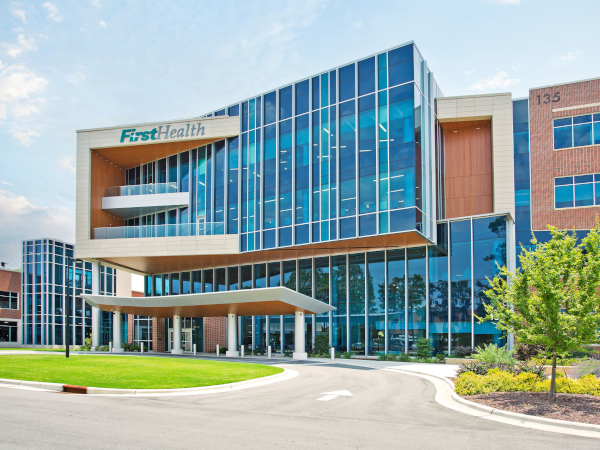
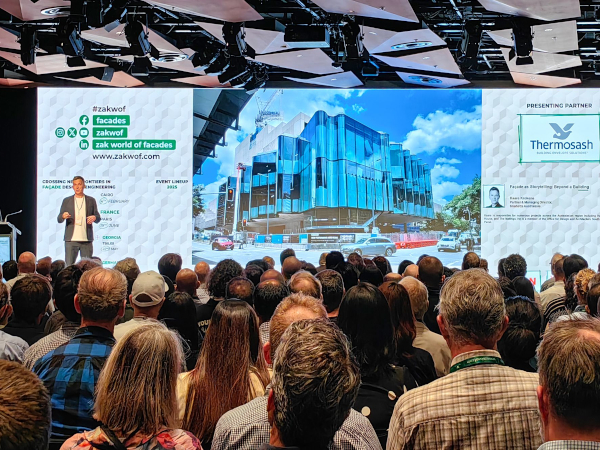
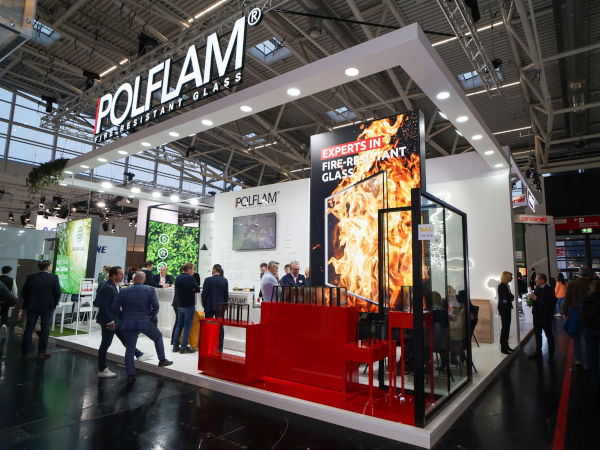
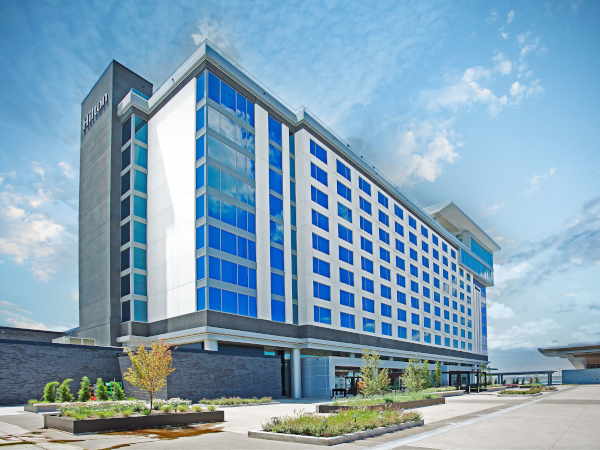





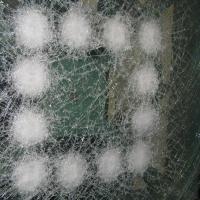
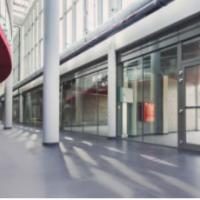

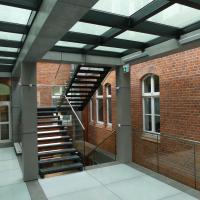
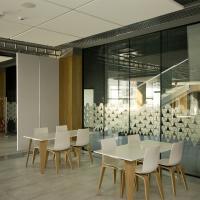
Add new comment